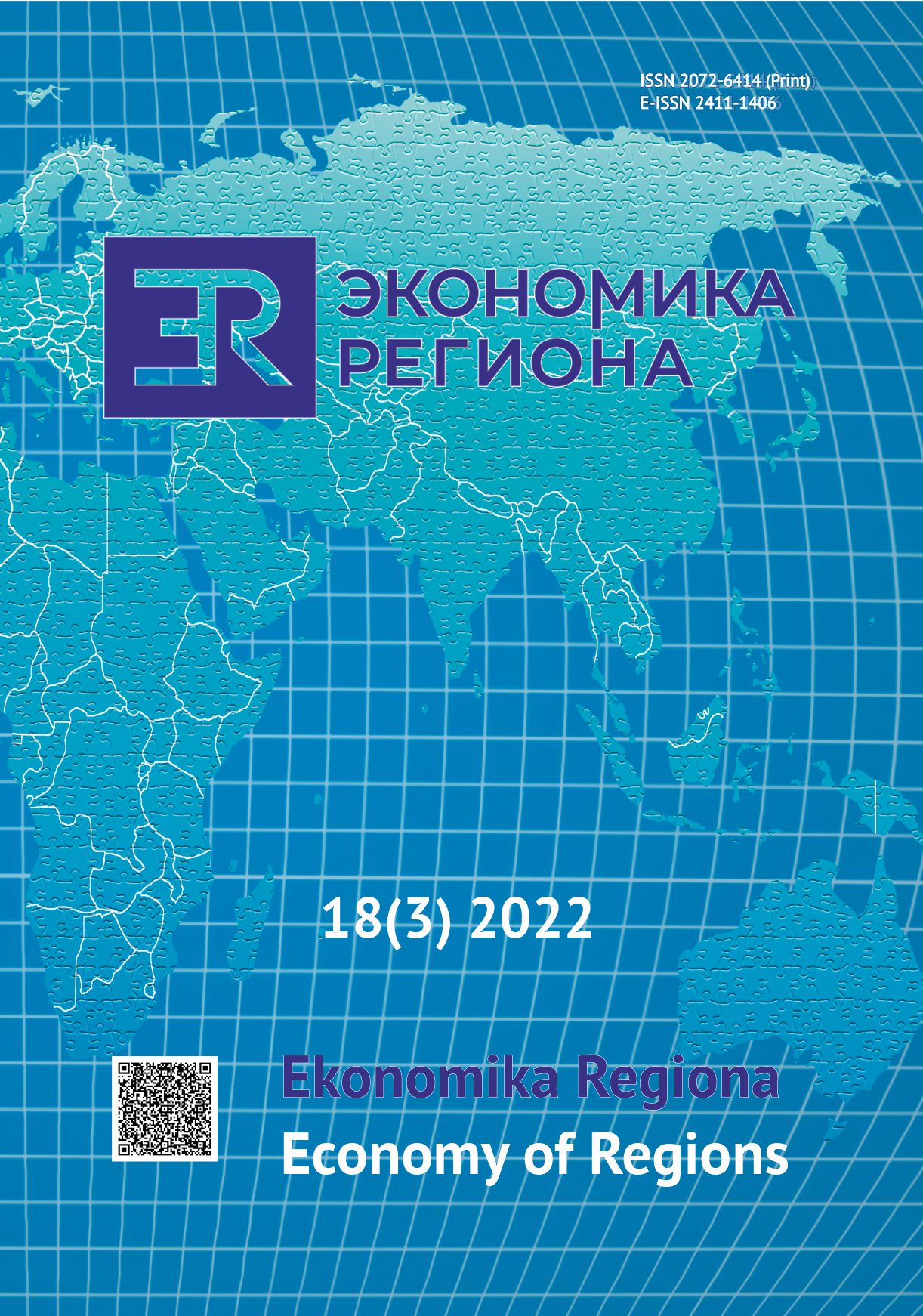Оптимальные пространственные форматы межрегионального экономического сотрудничества в рамках инновационной экономики
Optimal Spatial Models of Interregional Economic Cooperation in the Field of Innovative Economy
Author(s): Anton MosalevSubject(s): Supranational / Global Economy, Business Economy / Management, International relations/trade
Published by: Институт экономики Уральского отделения Российской академии наук
Keywords: spatial scale; spatial autocorrelation; innovative activity; spatial econometrics; stepwise regression; global Moran’s I; local Moran’s I; regional cooperation in the field of innovation; Durbin model
Summary/Abstract: Domestic cooperation of companies in the field of innovative economy seems to be a promising research area in Russia, especially considering recent macroeconomic events caused by sanctions, in particular, restrictions on the import of high-tech goods. Thus, the present study examines the optimal spatial scale of interregional innovation cooperation. The article presents an analysis of approaches to determining the optimal number of k-matrices of relations between innovation active regions. It is hypothesised that the innovative activity of the business sector in one region does not influence the innovative activity of its neighbours and vice versa. Stepwise regression was applied to identify the core explanatory variable. Based on the spatial weights matrices, a spatial econometric model was constructed using the least squares method. Further, the global Moran’s I was employed to test the spatial correlation, in particular, local indicators of spatial association (LISA) using the queen criterion of contiguity were utilised to determine the dependencies of innovative activity between neighbouring regions. The analysis used panel data from all Russian regions for the period from 2010 to 2019, as well as spatial econometric modelling to identify the side effects of the optimal spatial scale. As a result, the study revealed the presence of spatial correlation in the levels of regional innovative activity, the size of markets, as well as institutional support for enterprises in individual regions. Additionally, the research identified factors positively affecting the scale of innovative activity of the regions and adjacent territories, such as regional domestic income, the number of participants in innovation processes and infrastructure facilities. It has been established that the neighbourhood of regions characterised by the presence of many participants in innovation processes (at least 100 units), as well as innovation infrastructure facilities (at least 810 units) will be seen as the optimal scale of regional cooperation.
Journal: Экономика региона
- Issue Year: 18/2022
- Issue No: 3
- Page Range: 638-652
- Page Count: 15
- Language: Russian

